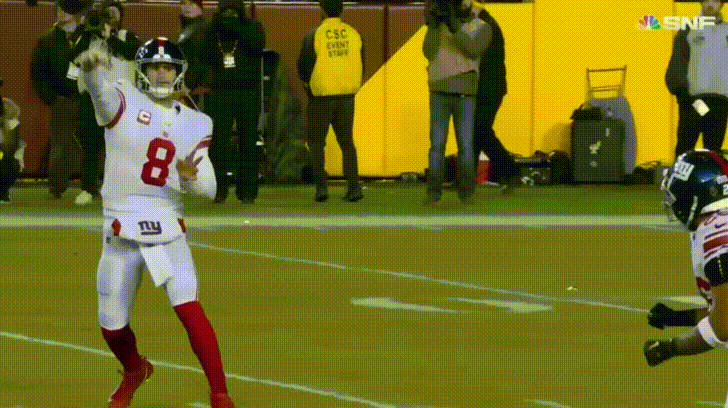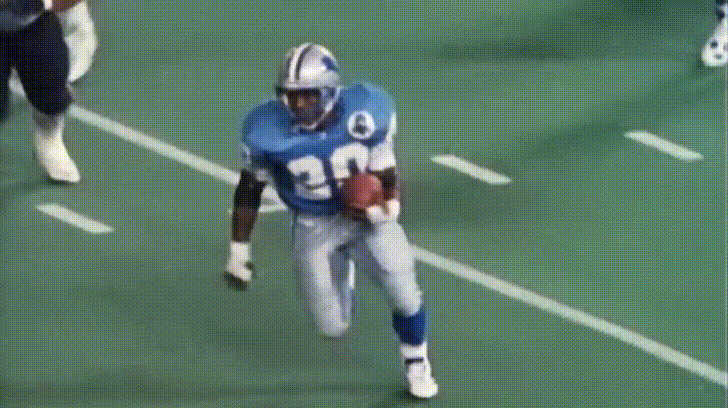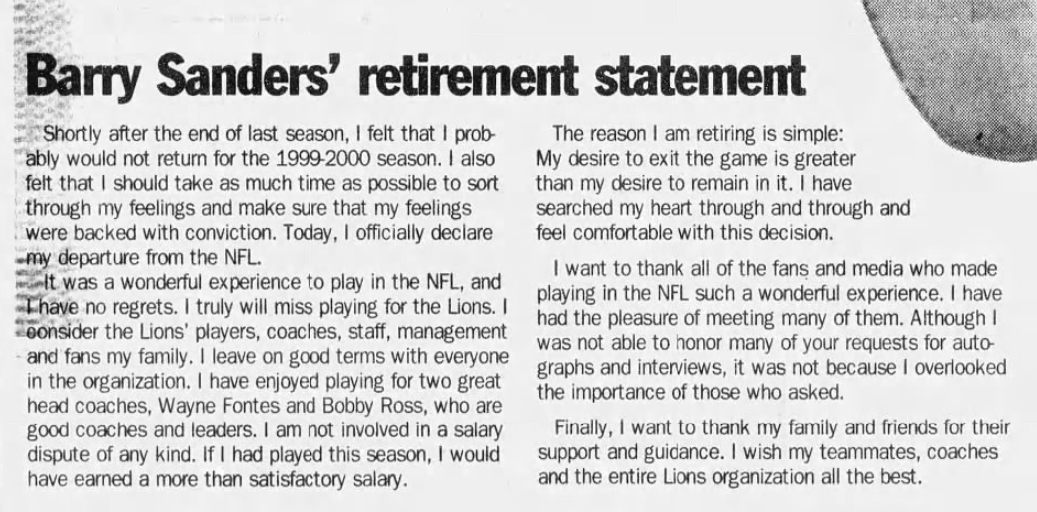This drive leg concept is helping me tremendously while working on Hershyzer to fix my x-step. Based on form critiques I'm not alone so here are some observations.
A lot of players appear to have trouble with the x-step transition because getting the ideal booty buttwipe and swivel with the legs in motion of flat ground is tricky. Part of the problem is getting a true CoG/butt-led lead into the plant with the dynamic rocking and swiveling etc.
As usual I had all kinds of confusion about this trying to find the right flow and leverage into the plant, so when SW shared
this concept it was incredibly helpful.
In that image, the right edge of the green triangle shows the line from Simon's rear knee to his rear hip. The top line is the angle of his pelvis. The left line is the natural angle his striding front leg takes as he swings it into the plant.
I realized that part of my confusion was due to camera parallax when looking at players and how it relates to the lateral stride and leverage into the plant. Here's an example using what SW22 showed me, the overthrow montage from Simon, and SW22 doing Hershyzer 2.

In the left image, Simon's front leg (right leg/the one that will plant) is deweighted as his CoG flows forward ahead of it into the X-step. At this angle, the triangle makes it's obvious that as his rear leg (x-step) is about to inherit weight, the rear hip is ready to inherit leverage from the ground. The rear ankle is "outside" the rear knee relative to the direction he is moving and his momentum along the ground. The triangle shows that the rear knee is leveraged just outside the rear hip, so as soon as that leg inherits his weight, it can start to laterally transition his butt-led stride directly into the plant in a (controlled) free-fall, further building up torque into the rear hip in the backswing as the CoG is moving forward. The parallax problem is e.g., when you look at the Overthrow montage, Simon is moving at ~20 degrees along the teepad to throw "flat and straight" (which is really 20 degrees to line of play and 20 degrees hyzer,
quite like Drew). This makes it a little harder to eyeball where the leverage comes from relative to the hips and position of the CoG unless you already know what to look for. See the dashed white arrow for the relative trajectory Simon is moving along the ground and how his x-step scales with the distance he's throwing while the relative position of the triangle remains the same.
The second part of this that I misunderstood is how the plant stride really should ideally function
relative to how the butt and CoG move. In the Hershyzer drill, if you set up so that you're "sitting" into the drive leg, then "presetting" the booty toward the target, you can start in balance and leverage off the ground with the rear leg/foot. That's roughly the same relative position you want body to be in when the rear leg inherits the majority of your weight in the x-step. If you remain closed to the target (i.e., booty-first) as long as possible, the plant leg will eventually-and very suddenly- reflexively swing out to catch you as you land. If you do it into a stagger closed stance, it makes it obvious how much power you can generate off the rear leg because you have so much mAss in front of the leg, and it adds a huge amount of potential leverage from the ground in its ideal position-because it's a leg.
So:
(1) the plant stride move is incredibly quick
because it's ideally a triggered reflex and
(2) it can allow you to bring in a massive amount of force into the plant as you fall off the lateral stride at the last possible moment and
(3) the front leg can take a massive amount of impact just like jumping on one leg ('cause it's your leg and made for that) and transfer the ground force reaction into swing power.
I was surprised at just how heavy and abrupt a can crush can really be until he helped me fix my drill and now I can't get enough. It was psychologically hard to get my body to fully commit to a shift from behind off of the rear side bringing so much momentum into the plant. Drill it out. Exaggerate it.
Notice also that the plant leg maneuver is like sweeping through a ball with the foot, which will also be much faster and more powerful if you let the CoG fully lead the leg sweep. Simon scales his x-step with the amount of momentum he brings into the x-step, and the leg sweep through the ball scales with the stride/CoG lateral fall off the x-step.
This move is super cool.




